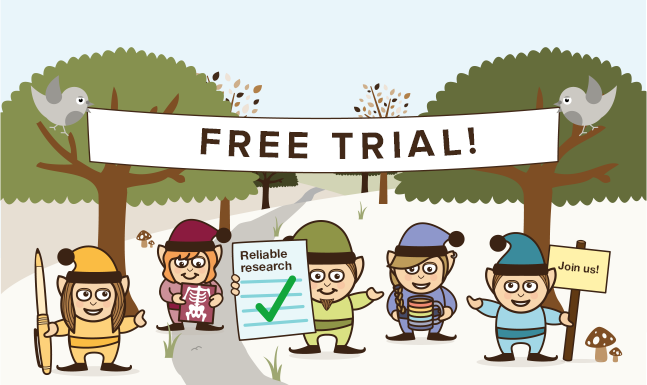Self-harm is not usually an attempt at taking our own life, but a way of expressing deep emotional feelings, such as low self-esteem. It is also a way to cope with traumatic events or situations, such as the death of a loved one, or an abusive relationship. Self-harm is not an illness, it is an expression of personal distress.
How do friendships influence adolescent self-injurious thoughts and behaviours?

In her debut blog, Bella Brereton writes with Rasanat Fatima Nawaz to summarise a systematic review that explored the associations between self-injurious thoughts and behaviours and school-based friendship networks in adolescents, using sociometric data.
[read the full story...]








